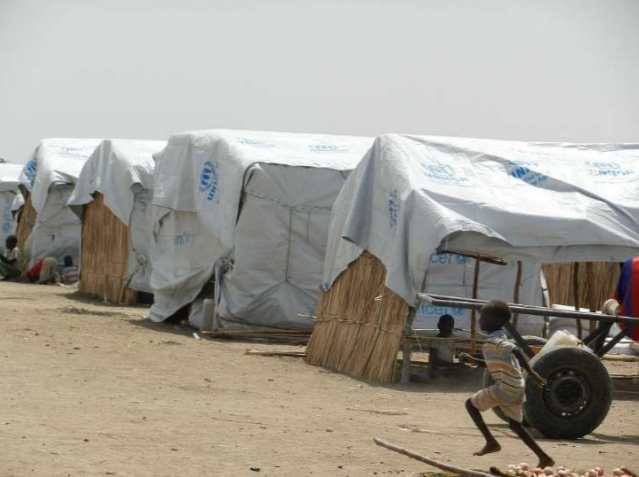Global Shelter Cluster
Global Shelter Cluster Satisfaction Survey 2020
Title
Global Shelter Cluster Satisfaction Survey 2020
Publisher
Reneé Wynveen
Date
Type
Coordination Management
Information Management
Source
Shelter Cluster
Geographic Region
Language
English
Description
The Global Shelter Cluster Satisfaction Survey was conducted during the last quarter of 2020 in which 129 participants took part. The summary and analysis of the survey results were:
- Profile of respondents: A large proportion of respondents were from the MENA region (34%) followed by Asia & Pacific (26%), and then Africa (20%). This is consistent with where most clusters and partners are present. Many respondents were from UN agencies (30%) and International NGOs (30%) while the number of national NGOs reduced slightly from the previous year (24% compared to 32% in 2019).
- Significant uptake in use of Shelter Cluster Website: The most used service of the Global Shelter Cluster in 2020 was the Global Shelter Cluster website (40% of respondents). This was higher than in previous years, likely due to the COVID19 pandemic and the more remote nature of much of the Cluster’s work.
- Global level: 94% of stakeholders are satisfied with the performance of the Global Shelter Cluster. This exceeds the target of 90% for 2020 in all regions ( MENA 94% satisfied or very satisfied), Africa 100%, Asia & Pacific 92%, and the Americas 100%). Unsatisfaction (2%) stemmed from a request for guidance to reach the field more and to address contextual differences that different responses have, a request to go beyond minimum standards, and an increase to do more about the limited funding for response.
- At the country-level, 82% of 90 respondents involved in National or Subnational Clusters were satisfied with the Shelter Cluster in-country or at subnational level (8% short of the 90% target). Unsatisfaction (17%) stemmed from issues such as lack of dedicated staffing, lack of funds for cluster partners to implement activities, lack of support to national NGOs, inability to meet minimum standards, poor communication, changing leadership, and bureaucratic processes in the cluster approach. Related to these individual performances of country-level Clusters, two indicators were asked about the performance and relevance of the Shelter Cluster activities and strategy implementation:
- 97% of shelter cluster coordinators and partners (57 respondents) report that they have access and use evidence, learning and best practices. This exceeds the 90% target.
- 78% of shelter cluster partners and coordination team members (57 respondents) reported that response strategies are ‘appropriate’ based upon the existing evidence. This exceeds the 2020 target of 68%.
- 57 respondents reported to be a sector/cluster coordinator/team member, or partner organization were asked to report whether they felt prepared to address ongoing and emerging challenges. More than half felt prepared (36 respondents), but 20 felt that they would need more tools to be prepared. Therefore 63% of shelter cluster coordination team members who feel prepared / have access to tools to address ongoing and emerging challenges. This is below the 70% target. 35% of respondents said more tools would need to be in place to feel prepared. Of those requesting more tools to be fully prepared: 40% were in MENA, 25% in Asia and Pacific, and 20% in Africa.
- Ideas of where GSC could focus its efforts: Respondents were asked to provide their feedback on tools that may be missing or to provide comments. Some common responses were:
- More trainings at subnational level
- Recommendations/guidelines on infrastructures (electrical plans, water systems, roads and bridges, etc.) Inter-sectorial guidelines for joint interventions i.e. with WASH, Education, Health
- Guidance/toolkit for utilization of Cash vouchers for purchase of shelter items/kits
- Develop guidelines on implementation of alternative shelter solutions during emergencies phase.
- Reinforcing national partners’ capacity to respond.
- Document bad practices instead of only good practices to highlight when implementation of shelter projects does not go to planned to reinforce learning approaches and implementation.

